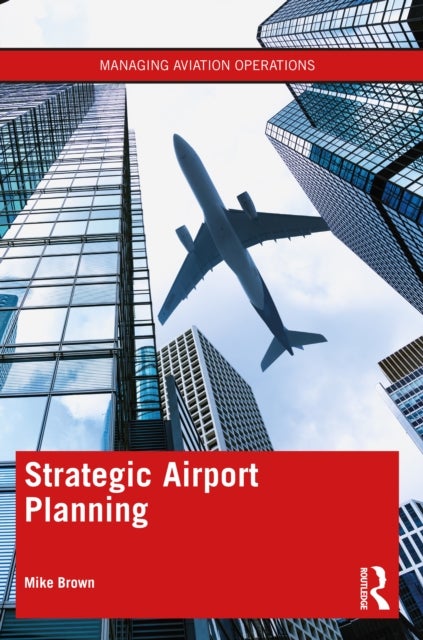
Strategic Airport Planning av Mike (Auckland University of Technology New Zealand) Brown
489,-
<P>This book will explore a new approach to airport planning that better captures the complexities and velocity of change in our contemporary world. As a result, it will lead to higher performing airports for users, business partners, investors and other stakeholders. This is especially pertinent since airports will need to come back better from the Covid-19 pandemic.</P><P></P><P>The book explains the importance of articulating a clear strategy, based on a rigorous analysis of the competitive landscape while avoiding the pitfalls of ambiguity and ¿virtue signalling¿. Having done so, demand forecasts can be developed that resemble S-curves, not simple straight lines, that reflect strategic opportunities and threats from which a master plan can be developed to allocate land and capital in a way that maximizes return on assets and social licence. The second distinctive feature of this book is the premise that planning an airport as an island, a fortress even, does not work anymore given








